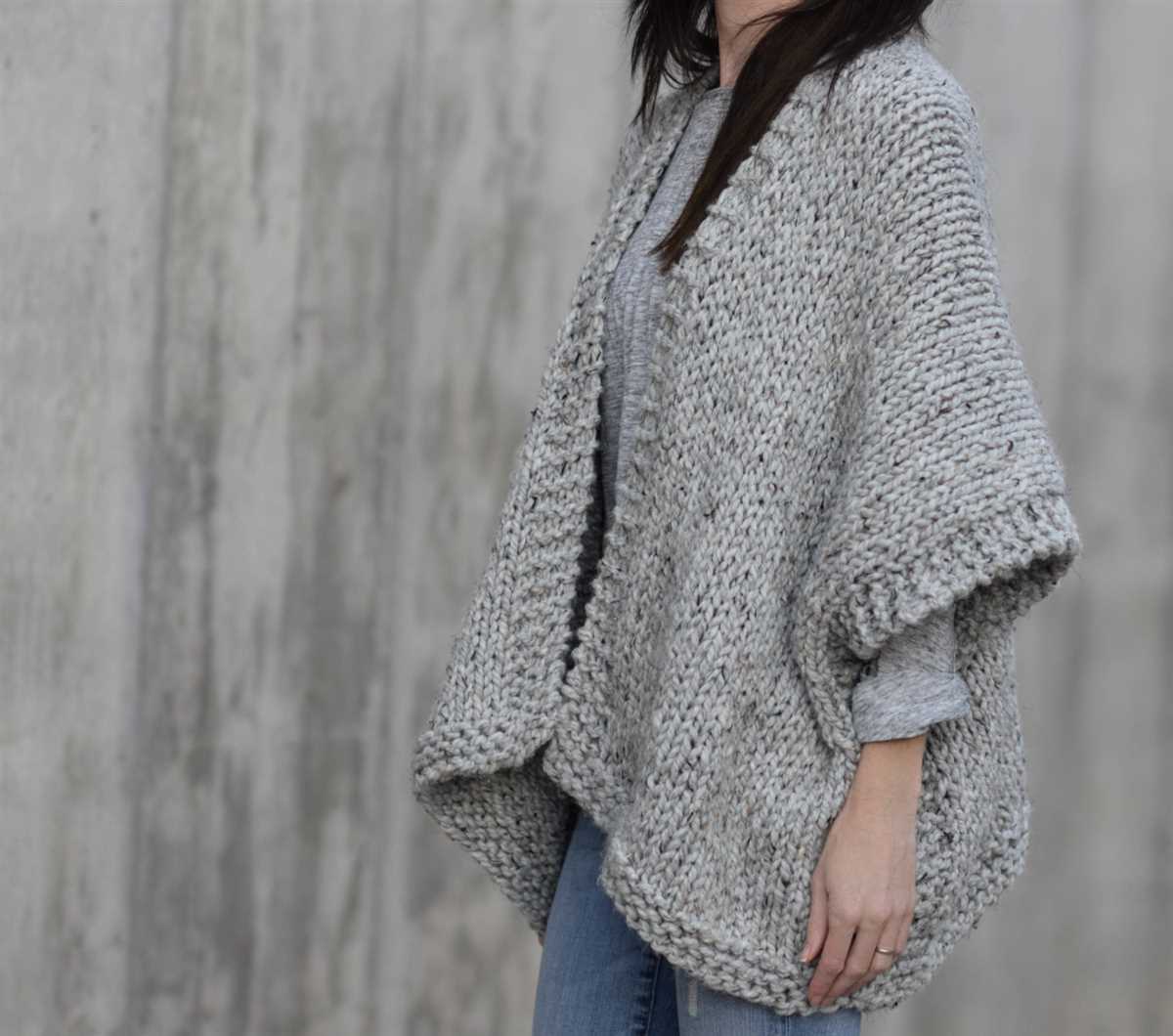
Looking for a new knitting project? Why not try your hand at knitting a kimono sweater? Whether you’re a beginner knitter or an experienced pro, this free kimono sweater knitting pattern is a great way to create a unique and stylish garment to add to your wardrobe.
The kimono sweater is a versatile piece that can be dressed up or down, making it perfect for any occasion. With its loose, relaxed fit and open front design, this sweater is both comfortable and fashionable. It can be worn over a tank top and jeans for a casual look, or paired with a dress and heels for a more formal ensemble.
This free knitting pattern provides detailed instructions and tips, so even if you’re new to knitting garments, you can confidently tackle this project. The pattern offers a range of sizes, from small to extra-large, ensuring you can create a perfect fit for yourself or a loved one. Plus, the pattern includes helpful diagrams and stitch descriptions to guide you every step of the way.
So take out your knitting needles and get started on this exciting project. With this free kimono sweater knitting pattern, you’ll have a stylish and cozy garment in no time. Happy knitting!
What is a kimono sweater?

A kimono sweater is a versatile and stylish garment that draws inspiration from traditional Japanese kimono robes. It features a loose and flowing silhouette, typically without a front closure and with wide sleeves that reach the wrist. The kimono sweater is known for its comfortable fit and relaxed drape, making it a popular choice for everyday wear.
One of the defining characteristics of a kimono sweater is its open front design, which allows for easy layering and effortless styling. This feature makes it an ideal piece for transitioning between seasons or adding a touch of elegance to any outfit. The absence of buttons or zippers also contributes to its minimalist aesthetic and makes it accessible to knitters of all skill levels.
The kimono sweater is often knit using lightweight yarns and delicate stitch patterns to create a soft and airy fabric. This can range from simple stockinette stitch to more intricate lace or textured designs, depending on the desired look and level of difficulty. The versatility of the kimono sweater makes it a popular choice for knitters looking to create a timeless and versatile garment that can be easily customized to suit their personal style and preferences.
Whether worn over a casual t-shirt and jeans or dressed up with a blouse and skirt, the kimono sweater adds an elegant and effortless touch to any outfit. With its comfortable fit and flattering silhouette, it has become a staple in many wardrobes and a go-to choice for those seeking comfort and style in one garment.
Why knit a kimono sweater?
A kimono sweater is a versatile and stylish addition to any wardrobe. With its loose, flowing fit and open front, it is an effortless way to add a touch of elegance to your outfit. Whether you’re dressing up for a special occasion or simply want to add a layer of warmth and style to your everyday look, a kimono sweater is the perfect choice.
One of the main reasons to knit a kimono sweater is the customization it allows. With a knitting pattern, you have the freedom to choose your own yarn color and texture, as well as adjust the size and length of the sweater to fit your preferences. This means you can create a truly unique piece that reflects your personal style and taste.
Another advantage of knitting a kimono sweater is the relaxation and satisfaction that comes from the process. Knitting is a calming and meditative activity that allows you to unwind and focus on the present moment. It is a great way to express your creativity and indulge in a hobby that brings joy and accomplishment. Plus, the end result is a beautiful and wearable garment that you can be proud of.
A kimono sweater is also a practical choice for any season. In warmer months, you can wear it as a lightweight layer over a tank top or dress, adding a bohemian touch to your outfit. In colder seasons, you can layer it over a long-sleeved shirt or sweater for added warmth and style. It is a versatile piece that can be dressed up or down, making it suitable for any occasion.
Overall, knitting a kimono sweater is a rewarding and enjoyable project that allows you to create a unique and stylish garment. Whether you’re a seasoned knitter or a beginner looking for a new challenge, a kimono sweater is a great choice. Start knitting your own today and enjoy the satisfaction of wearing a handmade piece that is both fashionable and cozy.
Benefits of using a free knitting pattern
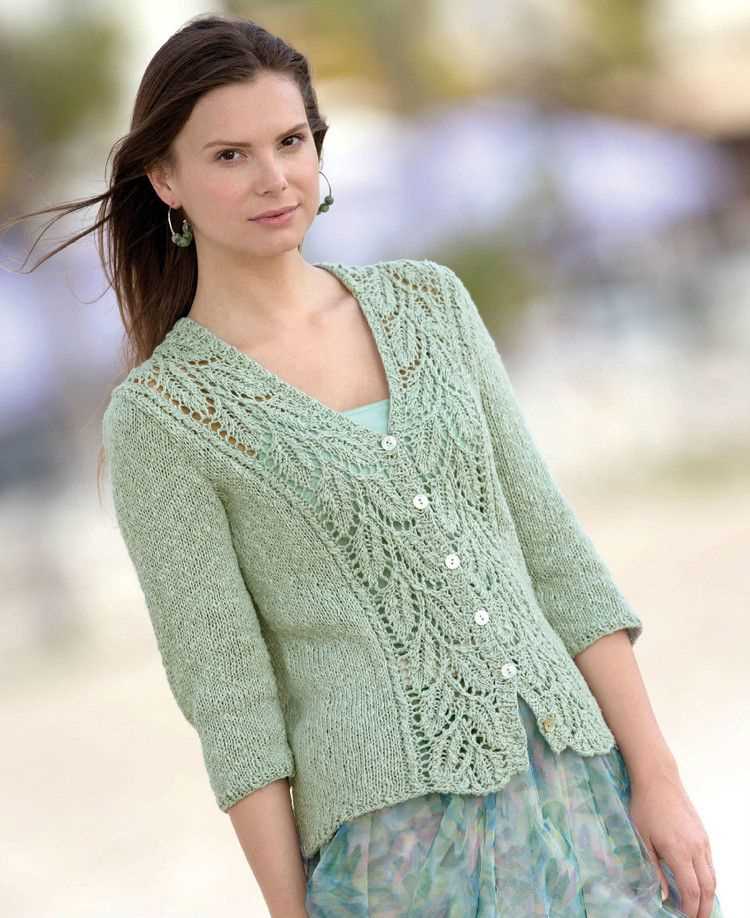
Knitting is a popular hobby that allows people to create personalized, handmade items such as sweaters, scarves, and blankets. One of the biggest advantages of knitting is the ability to use free knitting patterns to guide your project. Here are some benefits of using a free knitting pattern:
- Cost-saving: Free knitting patterns eliminate the need to purchase expensive patterns, saving you money for other knitting supplies or even more yarn for future projects.
- Accessible: Free knitting patterns are readily available online, making them easily accessible to anyone with an internet connection. You can find a wide range of patterns for different skill levels and project types.
- Variety: With free knitting patterns, you have access to an extensive variety of designs. Whether you prefer classic, trendy, or unique styles, there is a pattern out there that will suit your taste.
- Community: Many websites and forums provide free knitting patterns along with a supportive community of fellow knitters. These communities can offer tips, advice, and inspiration, creating a sense of belonging and camaraderie among knitters.
- Flexibility: Free knitting patterns often come with customization options, allowing you to modify the design to fit your preferences or body measurements. This flexibility lets you add your personal touch and ensures a perfect fit for the finished garment.
In conclusion, using a free knitting pattern offers numerous benefits, from cost-saving to access to a wide range of designs. It also provides an opportunity to connect with a knitting community and allows for customization and creativity. So, whether you are a beginner or an experienced knitter, utilizing free knitting patterns can enhance your knitting experience and help you create beautiful and unique items.
Choosing the right yarn for your kimono sweater
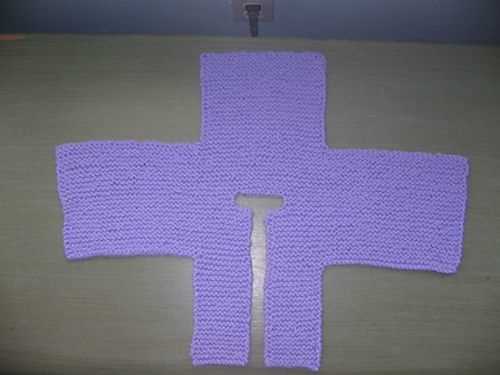
When knitting a kimono sweater, it is important to choose the right yarn to ensure that your finished project has the desired look and feel. The type of yarn you select will greatly impact the drape, texture, and warmth of your sweater.
1. Weight: The weight of the yarn is an important consideration when knitting a kimono sweater. A lightweight yarn, such as a fingering or sport weight, will create a more delicate and airy garment, perfect for warmer climates or layering. On the other hand, a heavier weight yarn, like a worsted or bulky weight, will result in a warmer and cozier sweater, ideal for colder weather.
2. Composition: The composition of the yarn is another crucial factor to keep in mind. Natural fibers, such as cotton, linen, silk, or wool, offer breathability, softness, and excellent drape. These fibers are often preferred for kimono sweaters as they create a beautiful flow and allow for ease of movement. Alternatively, synthetic fibers like acrylic or nylon can be used for added durability and ease of care.
3. Texture: Consider the texture of the yarn when selecting materials for your kimono sweater. Smooth yarns will give a clean and polished appearance, while yarns with texture, like boucle or mohair, can add visual interest and dimension. The texture of the yarn can also affect how the stitch pattern shows up on your finished garment.
4. Color: Finally, consider the color of the yarn for your kimono sweater. Solid colors can showcase the stitch pattern and allow for versatile styling options. Alternatively, variegated or self-striping yarns can add a unique flair to your sweater. Consider the overall look you want to achieve and whether you want the yarn to be the main focal point or a complementary element in your design.
By carefully selecting the right yarn for your kimono sweater, you can create a beautiful and functional garment that you will love to wear. Take into account the weight, composition, texture, and color of the yarn to achieve the desired look and feel for your project.
Selecting the right needle size

When it comes to knitting a kimono sweater, selecting the right needle size is crucial. The needle size you choose will determine the overall gauge and fit of your sweater. It’s important to consider the recommended gauge provided in the pattern and compare it with your own knitting style.
Choosing the right needle size starts with understanding the pattern’s gauge. The gauge is the number of stitches and rows per inch that the designer specifies for the project. This information can usually be found in the pattern’s instructions or at the beginning of the pattern.
If your knitting style and tension match the gauge provided, then you can simply use the recommended needle size. However, if your gauge is different, you may need to adjust your needle size to achieve the desired gauge. Using a smaller needle size will result in a tighter gauge, while using a larger needle size will result in a looser gauge.
It’s important to knit a gauge swatch before starting the project. This involves knitting a small square using the recommended stitch pattern and needle size. Measure the gauge of your swatch and compare it with the pattern’s recommended gauge. If your gauge is off, you can adjust your needle size accordingly.
A well-fitting kimono sweater is dependent on achieving the correct gauge. By selecting the right needle size and adjusting as needed, you can ensure your sweater fits perfectly and matches the pattern’s intended measurements.
Steps to follow when knitting a kimono sweater
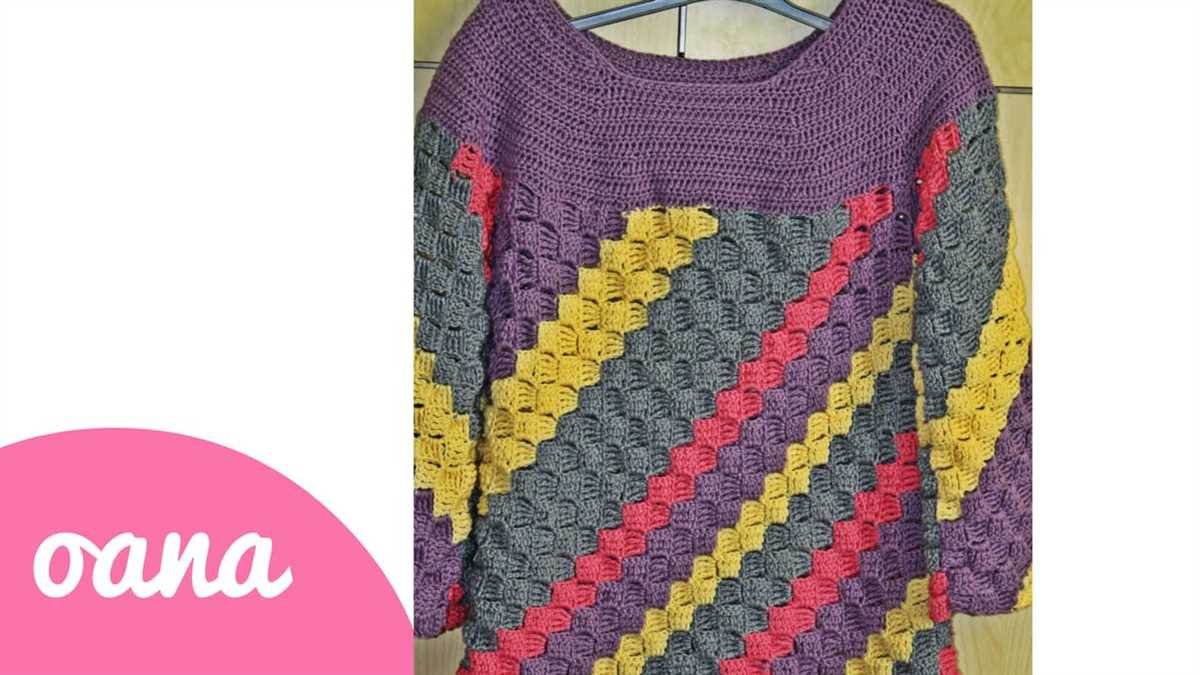
Knitting a kimono sweater can be a rewarding project for any experienced knitter. Whether you’re knitting it for yourself or as a gift, follow these steps to create a beautiful and stylish kimono sweater.
1. Choose the right yarn and needles

Start by selecting the appropriate yarn and needles for your kimono sweater. Consider the pattern’s recommendations for yarn weight and fiber content. The right yarn will ensure that your sweater has the desired drape and warmth. Additionally, choose the right size needles to achieve the correct gauge and desired fabric texture.
2. Measure and adjust for your size
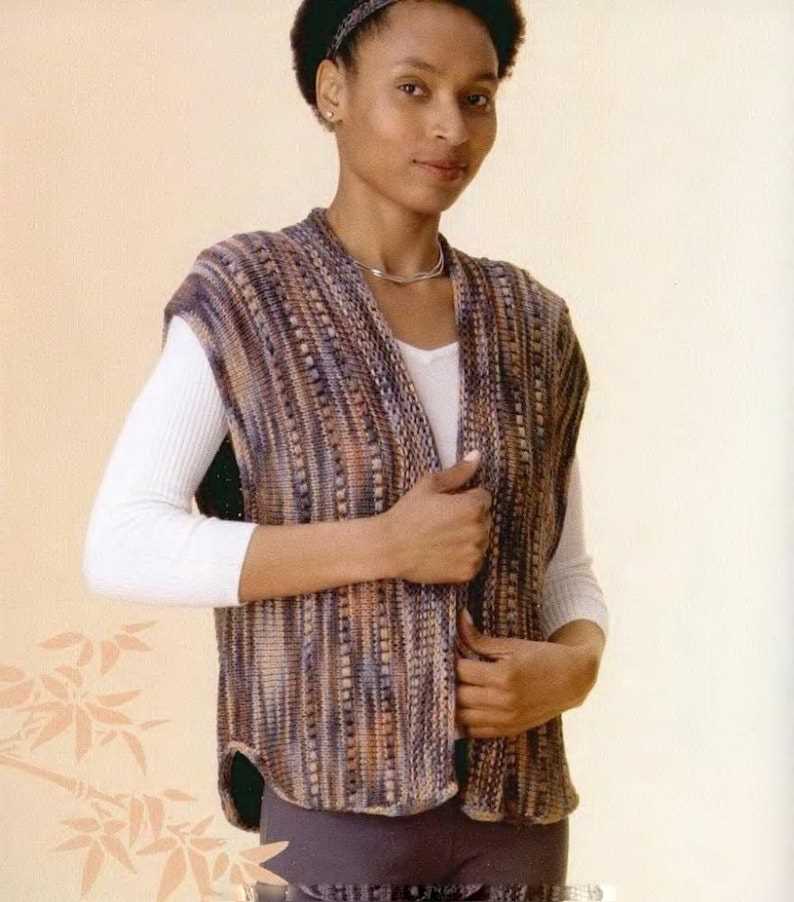
Before you start knitting, take accurate measurements of your body or the intended recipient. Pay attention to the bust, waist, and arm sizes, as well as the desired length of the sweater. Adjust the pattern accordingly to ensure a perfect fit. Remember to consider ease in your measurements to allow for comfortable wearing.
3. Study the pattern and prepare

Thoroughly read and understand the kimono sweater knitting pattern before you begin. Take note of any special stitches or techniques required and make sure you have all the necessary supplies. Prepare your knitting area by setting up the correct number of stitch markers and any other tools or accessories needed for the pattern.
4. Start with a swatch
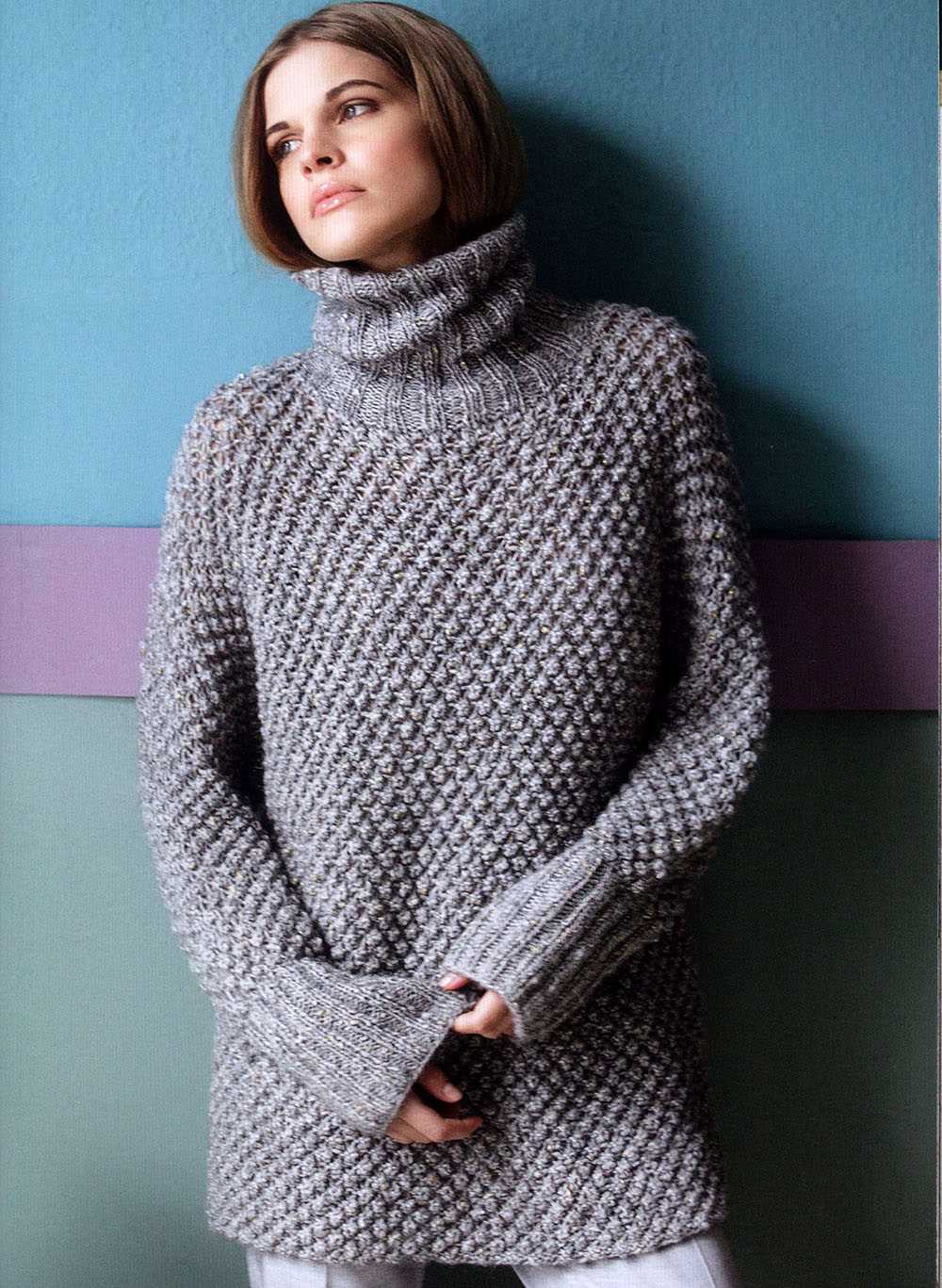
Before diving into the main body of your kimono sweater, knit a swatch to check your gauge. This will ensure that your sweater will turn out the correct size. Follow the pattern’s instructions for the number of stitches and rows to knit in the swatch. Measure the swatch and compare it to the pattern’s indicated gauge. Make any necessary adjustments to your needle size to match the gauge if needed.
5. Begin knitting
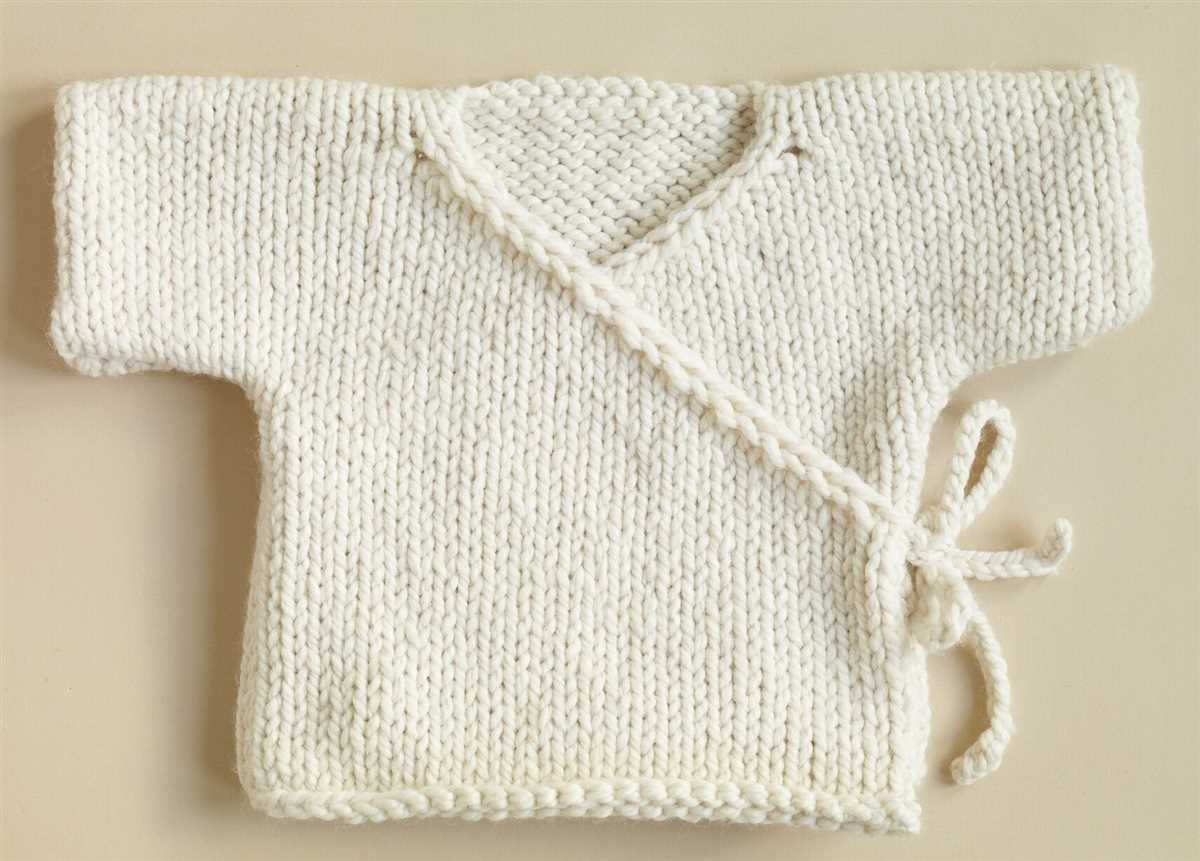
With your swatch successfully completed, cast on the required number of stitches and begin knitting the kimono sweater according to the pattern instructions. Take your time and carefully follow each step, ensuring accuracy and consistency. Pay close attention to any shaping or stitch pattern changes indicated in the pattern.
6. Finishing touches

Once you’ve completed the main body of the sweater, follow the pattern instructions for any additional finishing touches, such as adding sleeves, collar, or button bands. Take care to sew any seams neatly and weave in any loose ends to give your kimono sweater a polished and professional appearance.
By following these steps, you’ll be able to successfully knit your own kimono sweater. Enjoy the process and the satisfaction of wearing or gifting a beautiful hand-knit garment.
Personalizing your kimono sweater with stitch patterns
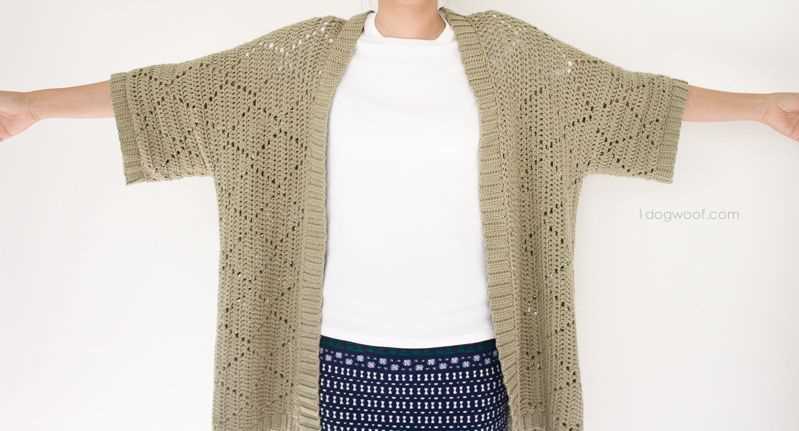
When knitting a kimono sweater, one of the best ways to make it truly unique is by incorporating different stitch patterns. Stitch patterns not only add visual interest to the garment but also allow you to showcase your knitting skills and creativity. Whether you prefer simple or intricate designs, there are numerous stitch patterns to choose from to personalize your kimono sweater.
One popular stitch pattern that can be used on a kimono sweater is the classic seed stitch. This stitch pattern alternates knits and purls in a regular pattern, creating a textured fabric with a subtle, timeless look. The seed stitch is versatile and can be used for the entire sweater or as an accent on cuffs, hem, or collar.
For those who want to add more complexity to their kimono sweater, lace stitch patterns can be an excellent choice. Lace creates delicate, openwork designs that can be incorporated into various parts of the sweater, such as the yoke, sleeves, or back. Lace stitch patterns can range from simple eyelet designs to intricate floral motifs, providing endless possibilities for customization.
If you’re looking for a more masculine touch, cables can be an excellent option. Cables are created by crossing stitches over each other, resulting in a textured, three-dimensional fabric. You can add cables to the front panels, sleeves, or even create a cable panel down the back for a bold statement.
Lastly, colorwork stitch patterns can also be used to personalize your kimono sweater. Fair Isle, Intarsia, and stranded knitting techniques can be employed to create beautiful multicolored designs. Whether you prefer a subtle gradient or a vibrant pattern, incorporating different colors can add personality and uniqueness to your knitwear.
With so many stitch pattern options available, the choice to personalize your kimono sweater is entirely up to you. Whether you prefer simplicity or boldness, taking the time to select the perfect stitch pattern will result in a finished garment that truly reflects your style and knitting prowess.
Finishing touches: adding buttons or a belt

Adding buttons or a belt to your kimono sweater can be a great way to personalize and enhance its overall look. This final step allows you to add a touch of style and functionality to your knitted garment. Whether you choose to add buttons or a belt, it’s important to consider the overall aesthetic and functionality you want to achieve.
If you opt for buttons, you can choose from a wide variety of styles, colors, and materials to complement your kimono sweater. Consider the size and weight of the buttons, as well as their placement on the garment. You may want to line them up along the front opening for a classic look or scatter them randomly for a more eclectic feel. Sewing the buttons securely is crucial to ensure they stay in place, so make sure to use a strong thread and reinforce the stitches.
If you prefer a more versatile and adjustable closure, adding a belt is a great option. A belt can help define your waistline and create a more fitted silhouette. You can use a matching or contrasting yarn to knit the belt, or you can also use a pre-made belt in a complementary color or material. Experiment with different knotting styles to achieve different looks – you can tie a simple bow, wrap it around multiple times, or even create a braided effect.
Whatever finishing touch you choose for your kimono sweater, make sure it complements the overall design and showcases your personal style. Adding buttons or a belt can not only create a more polished and complete look but also add versatility to the garment, allowing you to wear it in different ways and for various occasions.
Tips for blocking and maintaining your kimono sweater
After completing your beautiful kimono sweater, it’s important to properly block it to ensure the best fit and appearance. Blocking is the process of shaping and evening out your knitted fabric by dampening it and then allowing it to dry in the desired shape. Here are some tips to help you effectively block your kimono sweater and maintain its quality over time:
1. Read the yarn label
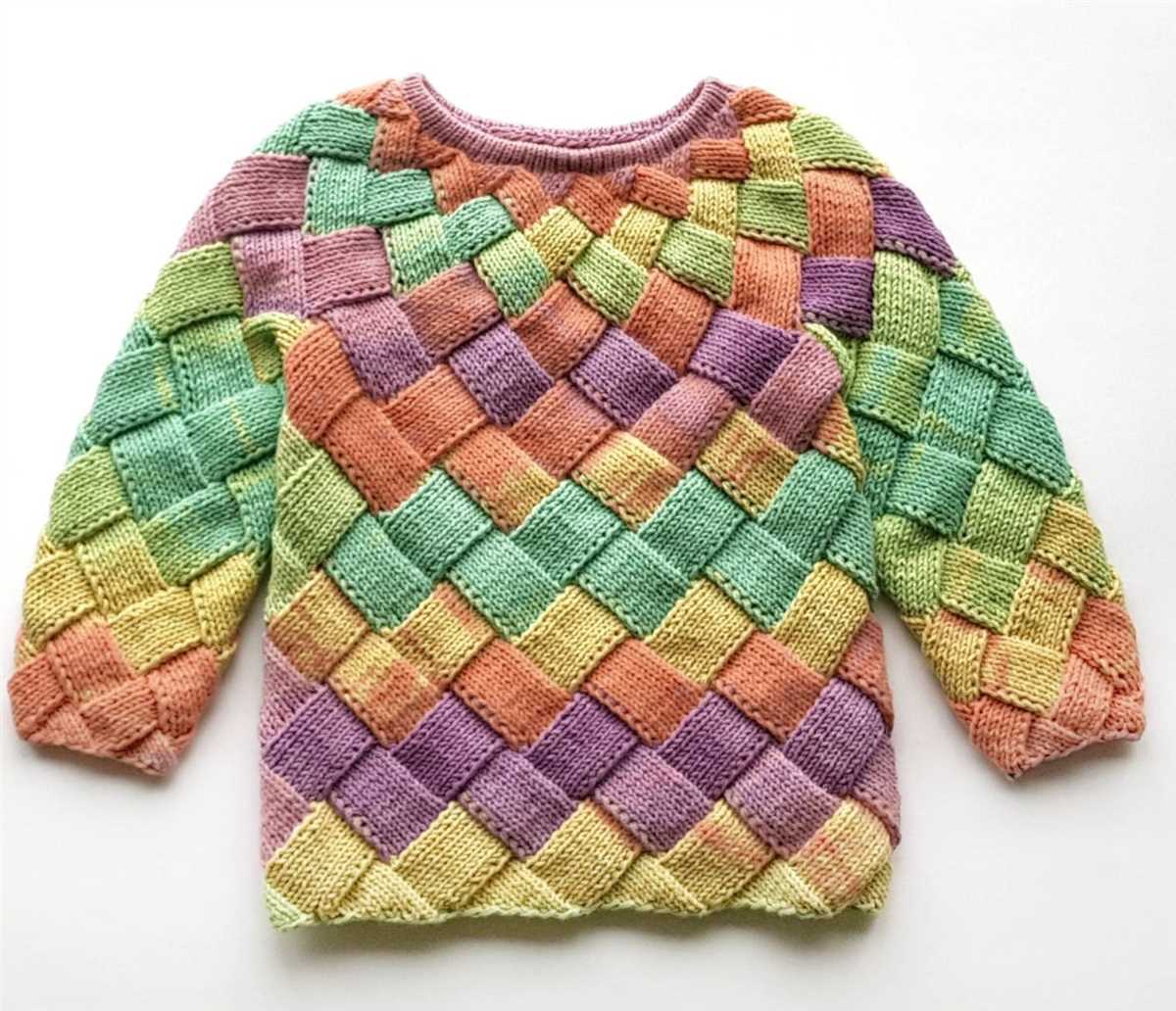
Before you start blocking, check the label on your yarn to understand the specific instructions for blocking that particular type of yarn. Some yarns may have specific temperature or moisture requirements, so be sure to follow the recommendations to avoid damaging your sweater.
2. Gentle wash and soak
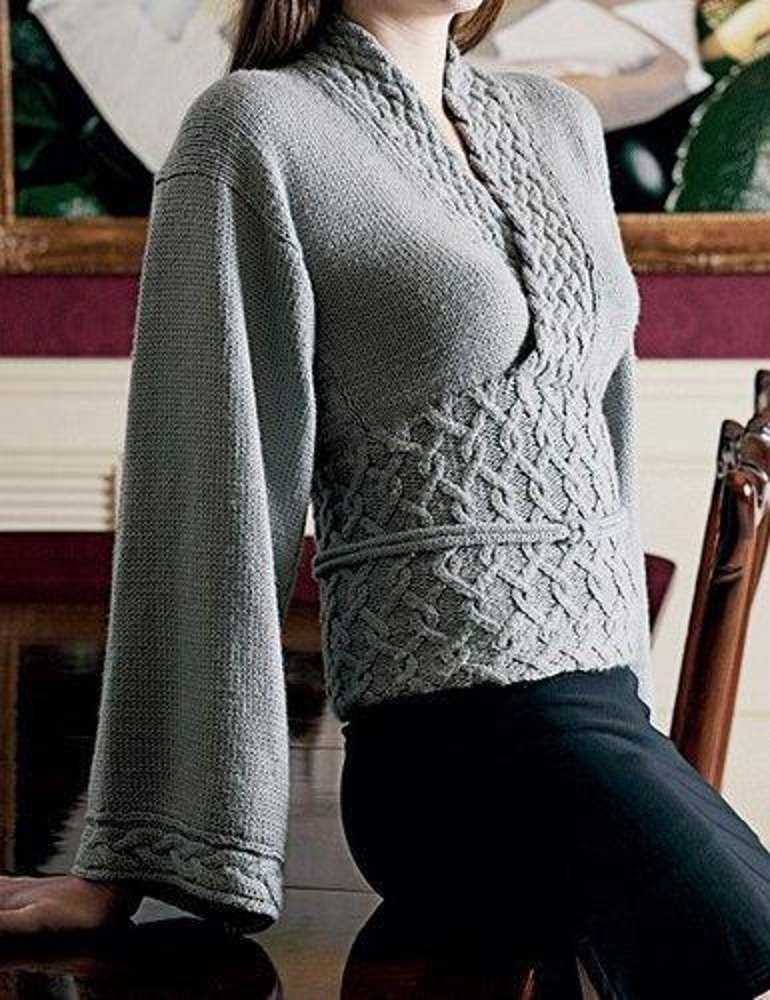
Before blocking, give your kimono sweater a gentle wash by soaking it in cool water with a mild detergent. Gently swish the sweater in the water to remove any dirt or oils, and then let it soak for about 15 minutes. Avoid using hot water as it can cause the yarn to shrink or lose its shape.
3. Squeeze out excess water
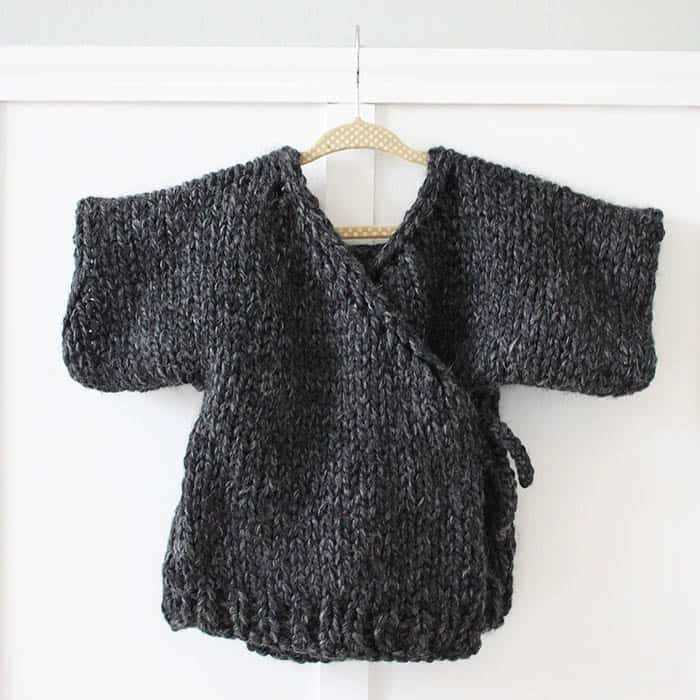
After soaking, gently squeeze out the excess water from your sweater. Avoid wringing or twisting the garment, as this can cause it to stretch or lose its original shape.
4. Lay flat to dry

When drying your kimono sweater, lay it flat on a clean, dry towel or blocking mat. Gently shape the sweater to the desired dimensions, ensuring that the edges and length are even. Avoid hanging your sweater to dry, as this can stretch it out of shape.
5. Use blocking pins

If your kimono sweater needs some additional shaping or stretching, you can use blocking pins to secure it in place while it dries. Simply pin the edges and corners of the sweater to the blocking mat or towel to help maintain its shape.
6. Store properly
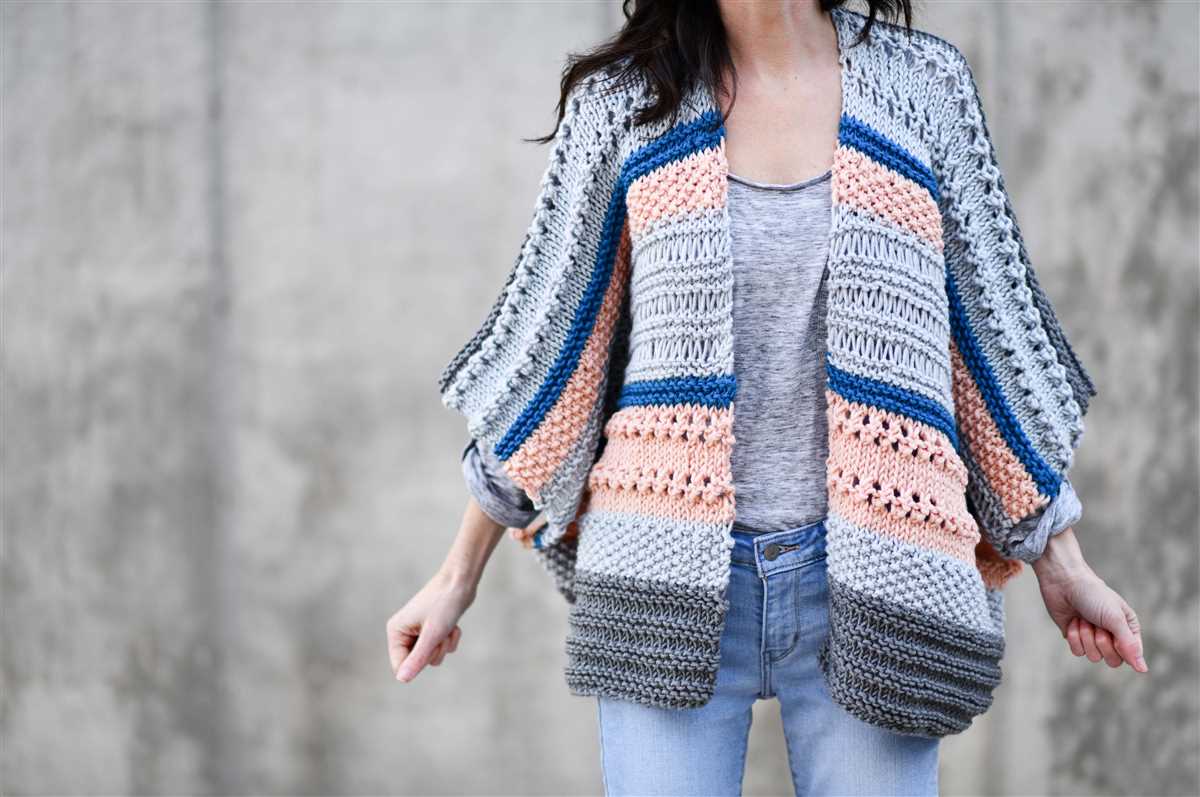
To maintain the quality of your kimono sweater, always store it folded neatly in a drawer or on a shelf. Avoid hanging it for long periods of time, as this can cause the sweater to stretch or develop unwanted creases.
By following these tips, you can ensure that your kimono sweater stays in great shape and remains a wardrobe favorite for years to come. Enjoy wearing your handmade creation with pride!